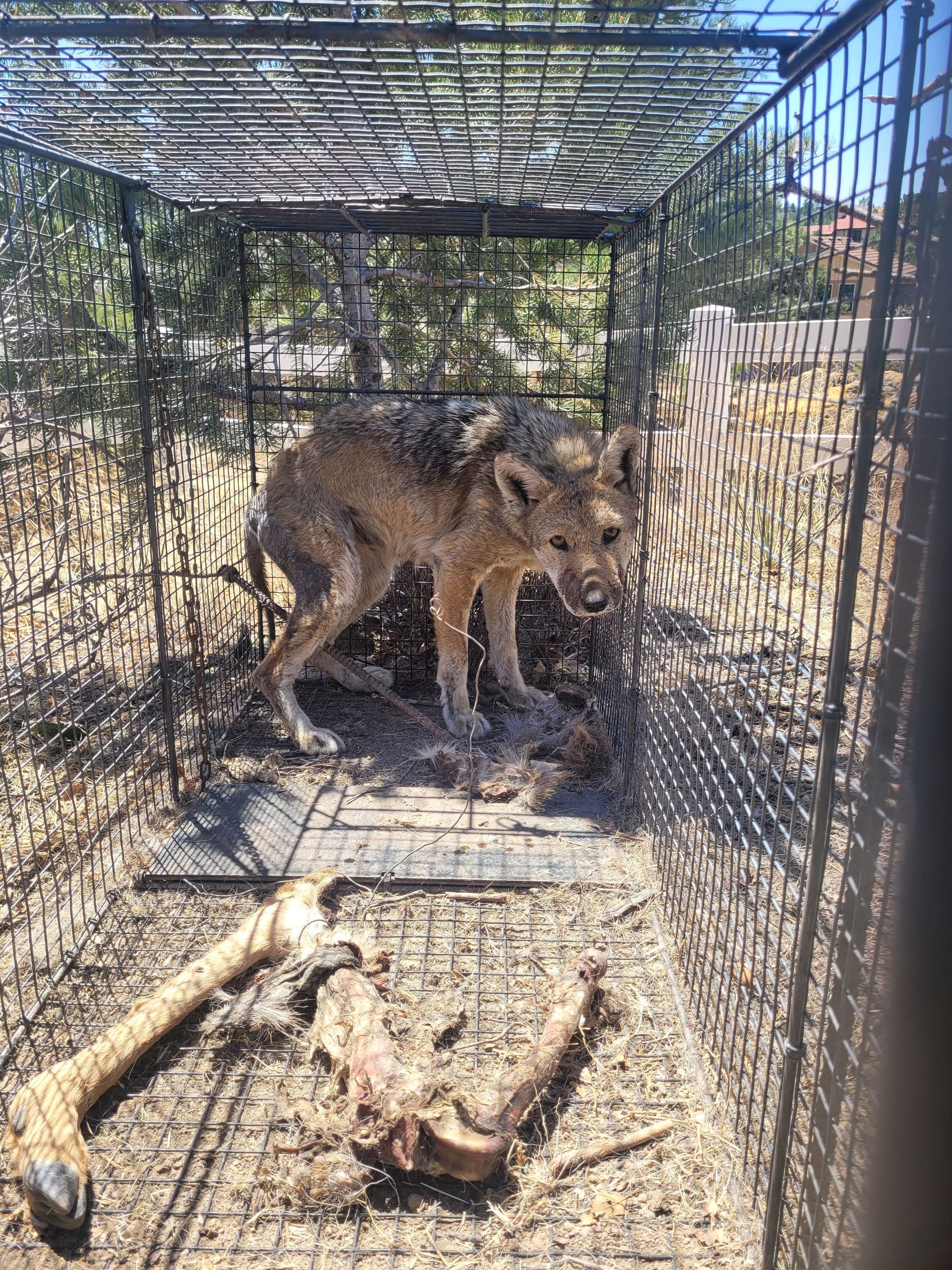Wildlife Prevention
Swallow Prevention
Three species of swallows are seasonally found in the region: the cliff swallow, barn swallow, and tree swallow. All can be a nuisance, two minimally and one dramatically.
The cliff swallow is the most common and abundant of the swallows. They migrate to and from South America each year, arriving locally in April-May and departing generally in August-September. They are rather dark blue-black with a rusty rump and cheeks. They are very acrobatic flyers, feeding on bugs while in flight.
Although highly beneficial, they unfortunately build their gourd-shaped mud nests under the eaves and soffits of homes and commercial buildings, especially on stucco. Being colony nesters, hundreds of nests can be built very quickly, creating a huge mess of feces and mud splatters on siding, windows, or anything else nearby. In addition, the birds can be very noisy and disconcerting as they dart around windows and doorways. Large accumulations of nests can also lead to infestations of bird lice in living quarters. Protected by the federal Migratory Bird Treaty Act, occupied nests (with eggs or fledglings) cannot be disturbed without a special permit.
Barn swallows are less common locally. They have a blue-black back and a cinnamon chest/belly. They are very similar to cliff swallows in habits, but their nests are bowl- or cup-like. As their name suggests, they often nest in barns or abandoned buildings, sometimes under covered entryways of occupied homes.
Tree swallows are blue-green on the back and white on the chest/belly. Habits are very similar to other swallows, but they usually nest separately in hollows or cavities, sometimes in bathroom fan vent pipes.
Methods to control cliff swallows include repeatedly washing down nests before eggs are laid and, of course, after the birds vacate nests. This may require daily washing for many days. Once nests are removed, the key to prevention is obstructing the birds from rebuilding. Since cliff swallows almost always construct nests in the 90º corner created by the vertical wall and horizontal soffit, it’s fairly simple to obstruct them.
Our preferred method is to install inverted bird spikes. They are hardly visible and last indefinitely. Other methods include removing the 90º angle with a product called a bird slide or a cabled net system or simply temporarily attaching a net or plastic curtain to the soffit. Changing the substrate or siding surface to be smooth or slick also has merit. Eliminating nearby mud sources when practical can be preventative.
Barn swallow nests without eggs or young can also be washed off. However, nest placement is more random, so obstruction or repellents are less precise. Tree swallows can be prevented by screening open vents.
Whatever your bird problem, call us at
719-636-1014 for an assessment and prices.
We can help!
Wildlife Damage Prevention
Wildlife damage prevention can be synonymous with exclusion repairs, but prevention implies action before damage occurs, and exclusion repairs are usually after the fact. In other words, if you anticipate possible wildlife damage or have a history of damage in the past, prevention steps can often mitigate the problem before it happens. In wildlife damage control, often “an ounce of prevention is worth a pound of cure.”
- Chimney caps to prevent animal entry
Wildlife damage prevention is a broad subject with many applications because the definition of wildlife damage is broad and rather subjective. Wildlife damage means anything done by a wildlife species that causes human injury/illness, property damage, economic loss, or even loss of quality of life or well-being. However, Colorado Division of Parks and Wildlife policy states that the presence of wildlife does not constitute damage. Something more negative has to occur to be considered damage.
- Bird Spike to prevent roosting
- Bird Slide to prevent Cliff Swallow nesting
The many forms of prevention include 1) eliminating anything that attracts wildlife (food, water, cover/shelter); 2) action that discourages wildlife (frightening methods, various repellents, obstructions); and 3) steps that prevent wildlife access (primarily permanent barriers). Examples of these measures are too many to list here. In some situations prevention is not practical or cost-effective, but in most cases some level of prevention can be achieved. We have a broad range of experience implementing prevention measures.
- Excluding burrowing animals
- Exclusion completed
If you would like more information on wildlife damage prevention or need advice or help, call us at 719-636-1014 for an assessment and prices.








